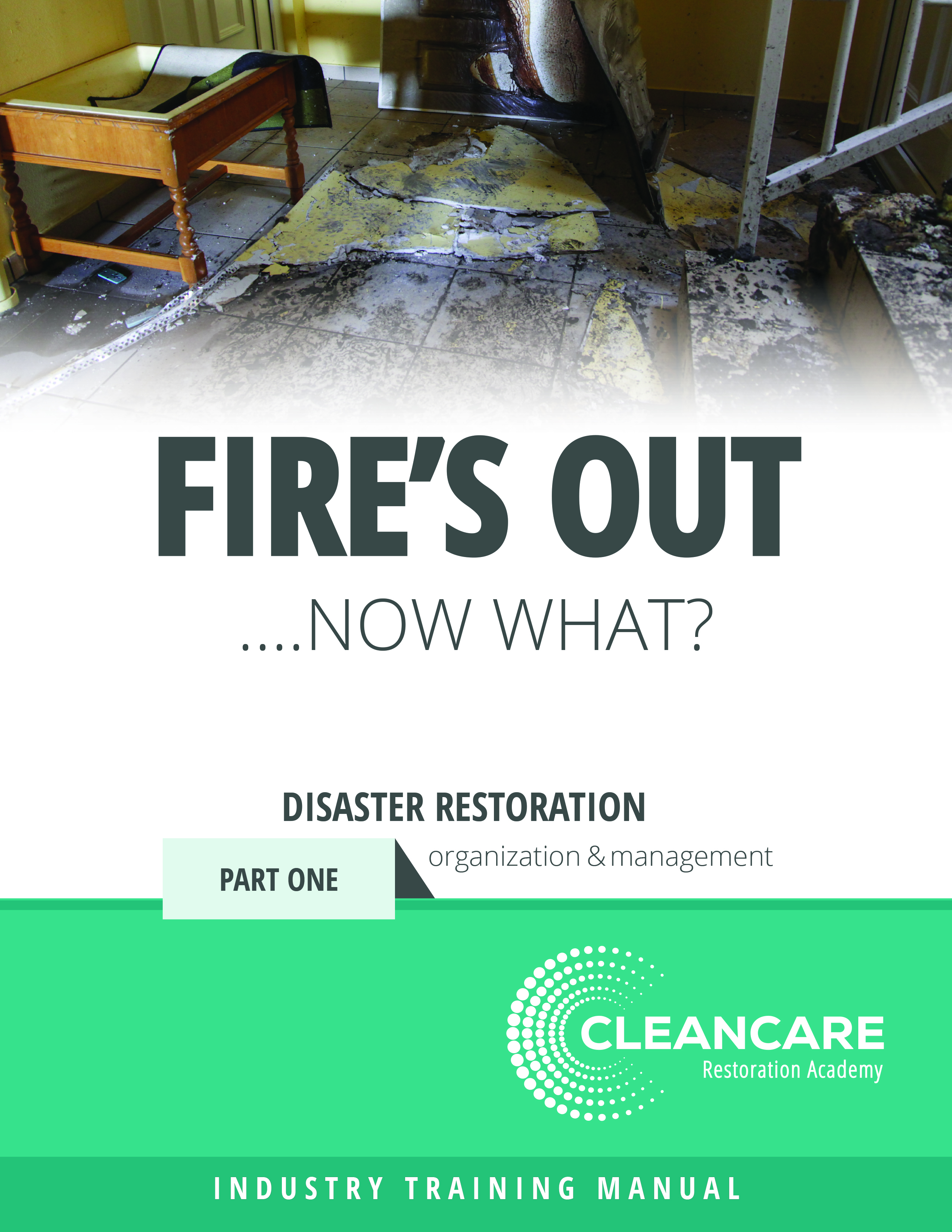Handling the Emotional Side of a Fire Damage Pack-Out: How to Successfully Navigate The Most Important Part of the Job

Image credit: Tempura/ iStock / Getty Images
Hey there, restoration heroes! We all know that packing out contents after a fire is a critical part of any contents restoration job. How you accomplish this first step can dictate how the rest of your job and relationship with your client is going to go. But beyond the logistics and physical labor, there’s an emotional component that’s more important than any other step of your pack-out. Homeowners are often overwhelmed and distressed after such a traumatic event. Let’s talk about how to handle the emotional side of a fire damage pack-out with empathy and understanding.
Show Compassion from the Start
When you first arrive on site, remember that you’re walking into someone’s life turned upside down. I like to ask my client to tell me what happened and then be quiet and listen. Greet them with genuine concern and empathy. A simple, “I’m so sorry this happened to you. We’re here to help,” can go a long way in providing comfort.
I often find that I am the first person to ask them to tell me what happened and this can trigger an emotional trauma release that they desperately need to be able to process the situation. Once this happens you can then move to the next step, which is helping them put their life back together and restore their belongings to pre-loss condition.
Listen and Reassure
Give your client a chance to express their feelings about what happened. Listen actively without interrupting. In those first few minutes of them telling you their story they usually give you huge clues as to what it is they need from you and, spoiler alert, it’s not just getting their toaster cleaned. Sometimes, they need to vent or share their concerns about what will happen next and they may feel awkward about sharing some of these emotions with you. Remember this is a very vulnerable state that they may find themselves in and that can be stressful for them.
Reassure them that your team is experienced and will handle their belongings with the utmost care. Your calm demeanor can help ease their anxiety. Explain the next steps and answer all of their questions no matter how simple or small they may seem with grace and patience.
Do not fall into the trap of over-promising or answering questions you do not have the answer for. It can be very tempting to do this especially when you have someone who desperately needs reassurance from you that everything is going to be OK. Go ahead, reassure them but whatever you do, do not promise a result you do not know if you can deliver on. This can cause distrust and set your client up for a trip on a scary emotional roller coaster that isn’t fun for either of you.
If the only thing you take from this article is to create a strong connection and engage your client in such a way that they are clear that what matters to them matters to you, then you will master any pack-out job you are faced with. The rest — i.e., what box to use, how to pack the box, what PPE gear to wear — is easy to learn. This piece right here is where your 100% focus needs to be when it comes to mastering your pack-out skills and training.
Explain the Process
Uncertainty can heighten stress. Clearly explain each step of the pack-out process without getting into too much detail so you don’t overwhelm them. Let them know what to expect, how long it might take, and what your team will be doing. This transparency builds trust and will help them feel more in control of the situation. Give them approximate timelines and when they have questions about some of your processes answer them clearly and patiently. This is likely the first time they have been through something like this and they aren’t questioning you; they just want to understand and be reassured about what is going to be happening with their belonging.
Respect Their Space and Emotions and Involve Them
Understand that emotions can be raw. Respect their space and privacy. If they need to step away or take a break, let them. Avoid making comments about the damage or their belongings that could be taken the wrong way. Be sensitive to their emotional state.
Say things like dispose of instead of throw away. Us the term non-restorable instead of garbage or destroyed. What we say verbally and in body language will go a long way in dictating how our client will feel about this experience.
Whenever possible, involve homeowners in decisions about their belongings. Ask them what items are most important and need special attention. This involvement can give them a sense of control during a time when they might feel helpless and like life is out of control.
Keep them updated throughout the process. Let them know what’s happening, any challenges you’re facing, and how you’re addressing them. Make sure they have a point of contact who can answer their questions and provide updates. This ongoing communication can alleviate stress for them and you during this restoration process.
Handle Sentimental Items with Care
Sentimental items hold immense value, often more than monetary ones. Treat these items with extra care. Let your client know you understand their importance. And handle these items first and as quickly as possible. The longer they see an item that has significant emotional value in a damaged state the harder it is for them.
If something is too damaged to be saved, break the news gently and offer any alternatives for preservation or restoration. Unfortunately this is the hardest part of any job. And sometimes all you can do is tell them you are sorry and just let them process their emotions about losing that precious item.
On one job, I remember having to tell the lady of the house that her wedding dress that she wore 27 years ago was burnt beyond repair. I just sat with her while she cried and told me the story of how she found her perfect wedding dress with her sister. While she was talking I had a thought and asked her if she would let me take it to a seamstress. She agreed. The seamstress was able to cut the bodice of the dress off the skirt and stretch it on a styrofoam dress form. We then put it in a preservation box that had a window display and returned it to her as a keepsake. When we returned it she cried harder that day than the day I had to tell it I couldn’t restore it.
Train Your Team in Empathy
Ensure your entire team is trained to handle the emotional aspects of the job. Role-playing different scenarios can be helpful. Emphasize the importance of empathy, active listening, and respectful communication. A well-prepared team can make a significant difference in how a client may experience the trauma of a fire in their home that has turned their life upside down.
Handling the emotional side of a fire damage pack-out is just as important as the physical work. In fact, I feel it is more important.
By approaching each job with empathy, patience, clear communication and grace, you can help them navigate this challenging time. Remember, it’s not just about restoring a house – it’s about helping people rebuild their lives. Keep being the compassionate professionals you are, and make a positive impact every step of the way.
Looking for a reprint of this article?
From high-res PDFs to custom plaques, order your copy today!









